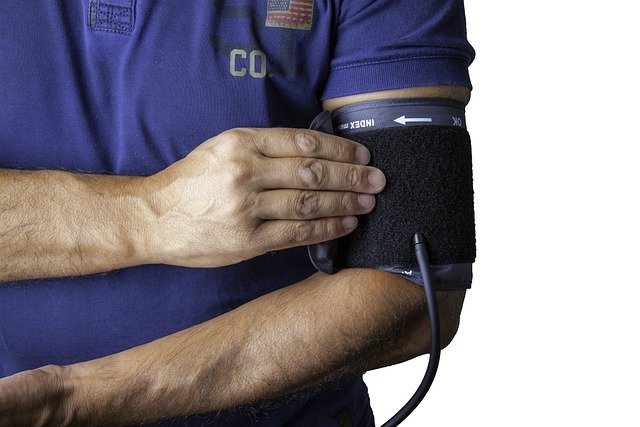Rewriting Beauty Norms: The Rise of Non-Invasive, Tech-Driven Body Sculpting
The beauty and fitness industry has always been a bustling arena of innovation and transformation. As the industry evolves, it continues to straddle the fine line between the age-old allure of physical attractiveness and the contemporary ethos of wellness, self-care, and body positivity. One such innovation that brilliantly encapsulates this evolution is non-invasive, tech-driven body sculpting. Though still in its infancy, this technology-driven approach is rapidly gaining traction, presenting a modern-day alternative to the traditional, invasive procedures of the past. This article delves into the history, current trends, and future implications of non-invasive body sculpting.

A Brief History: The Evolution of Body Sculpting
Body sculpting, in its most basic sense, has been a part of human culture for centuries. Ancient cultures from Egypt to Rome practiced various forms of body modification, including diet, exercise, and even surgical procedures. Fast forward to the 20th century, surgical procedures like liposuction became the norm for those seeking dramatic physical transformation.
However, the turn of the 21st century brought about a shift in consumer preferences. With an increasing focus on wellness and a growing aversion to invasive procedures, the stage was set for the emergence of non-invasive body sculpting.
Current Trends: Tech-Driven Approaches to Body Sculpting
Non-invasive body sculpting refers to procedures that alter the body’s shape without surgery. These procedures typically work by either freezing fat cells (cryolipolysis), heating them (radiofrequency), or using ultrasound to destroy them.
These procedures are gaining popularity for several reasons. Firstly, they offer a less risky alternative to traditional surgeries. Secondly, they cater to the modern consumer’s desire for quick, convenient solutions with minimal downtime. Finally, they align with the rising trend of body positivity, allowing individuals to enhance their natural beauty rather than drastically altering their bodies.
The Benefits and Market Relevance of Non-Invasive Body Sculpting
The benefits of non-invasive body sculpting are manifold. These procedures typically involve less pain and discomfort, fewer risks, and shorter recovery times than traditional surgeries. They are also typically more affordable, making them accessible to a wider demographic.
From a market perspective, the demand for non-invasive body sculpting is on a steady rise. According to a report by Grand View Research, the global non-surgical fat reduction market is expected to reach USD 2.8 billion by 2025, growing at a CAGR of 16.7% from 2019 to 2025.
The Industry Impact: A Paradigm Shift in Beauty and Fitness
The rise of non-invasive body sculpting represents a significant shift in the beauty and fitness industry. It signifies a movement away from invasive, dramatic transformations towards more subtle, natural enhancements.
Moreover, it represents a convergence of the beauty and tech industries, as these procedures rely heavily on advanced technologies. This convergence opens up new avenues for innovation and growth, as tech companies and beauty brands collaborate to develop more effective and efficient procedures.
Looking Ahead: The Future of Non-Invasive Body Sculpting
As technology continues to advance, the potential for non-invasive body sculpting is vast. Experts predict that future developments will focus on improving the efficacy and convenience of these procedures.
Moreover, as societal attitudes towards beauty continue to evolve, non-invasive body sculpting is likely to gain even more traction. As the saying goes, “beauty is in the eye of the beholder,” and increasingly, the beholder seeks natural, healthy, and non-invasive ways to enhance their beauty.
In conclusion, non-invasive body sculpting is much more than a passing trend. It represents a fundamental shift in the way we approach beauty and fitness, and its influence is likely to be felt for years to come.




